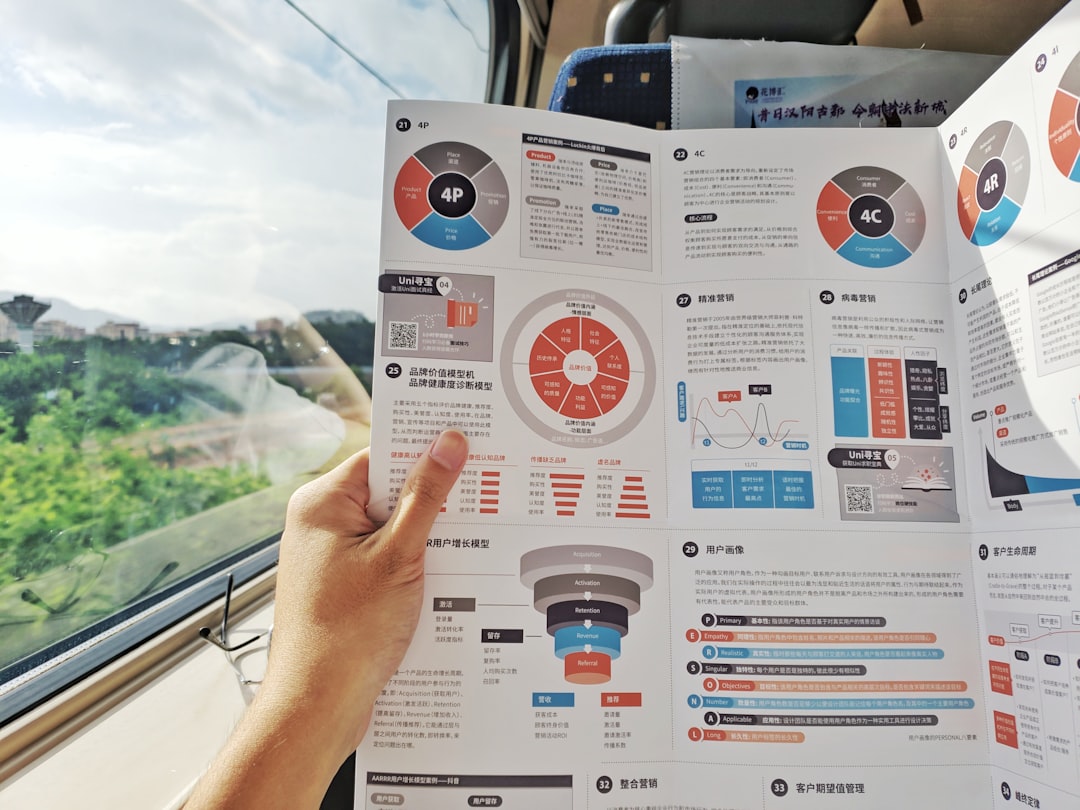What is it about?
This paper discusses some concepts attributed to the term well-being and dif-ferent ways to measure it. Then we present an alternative approach based on clustering algorithm to measure Quality of Life considering each dimension of the OECD well-being indicator, the Better Life Index, to minimize the loss of information encountered on aggre-gated indicators and to obtain a consistent and solid profile, a segmentation per dimen-sion of the countries contemplated by this indicator.
Featured Image
Why is it important?
To build a consistent and solid profile, first we have standardized each variable, so the influence of a variable that is measured on a much larger scale than the other ones could be removed, then a k-means algorithm was applied for each dimension and the number of clusters was validated by the Silhou-ette Coefficient and by a visual inspection of the first two or three principal components (PCA) for dimensions with more than two variables. The resulting clusters could be finally analysed. The profiles are considered methodologically robust, because in all dimension we have found no negative values for the Silhouette Coefficient, meaning that the coun-tries that belong to a certain cluster have a high similarity while different clusters held a high dissimilarity and additionally the PCA visual inspection have reinforced our analysis retaining, at least, 89% of common variance for dimension with more than two variables. Although the Better Life Index it’s the most complete well-being indicator, considering 11 of the 14 well-being dimensions, only 38 countries are encompassed by the indica-tor, therefore inferences about countries outside this set may be not significant. Hence a detailed analysis of each dimension is necessary. The combination of the Silhouette Coef-ficient and the PCA visual inspection proved to be very efficient to analyse this type of data
Perspectives
we wish the methological approach proposed in this paper also should by useful for improving indicators analysis in other subject.
Professor Helder Gomes Costa
Universidade Federal Fluminense
Read the Original
This page is a summary of: Analysis of the Better Life Index Trough a Cluster Algorithm, Social Indicators Research, May 2018, Springer Science + Business Media,
DOI: 10.1007/s11205-018-1902-7.
You can read the full text:
Contributors
The following have contributed to this page










